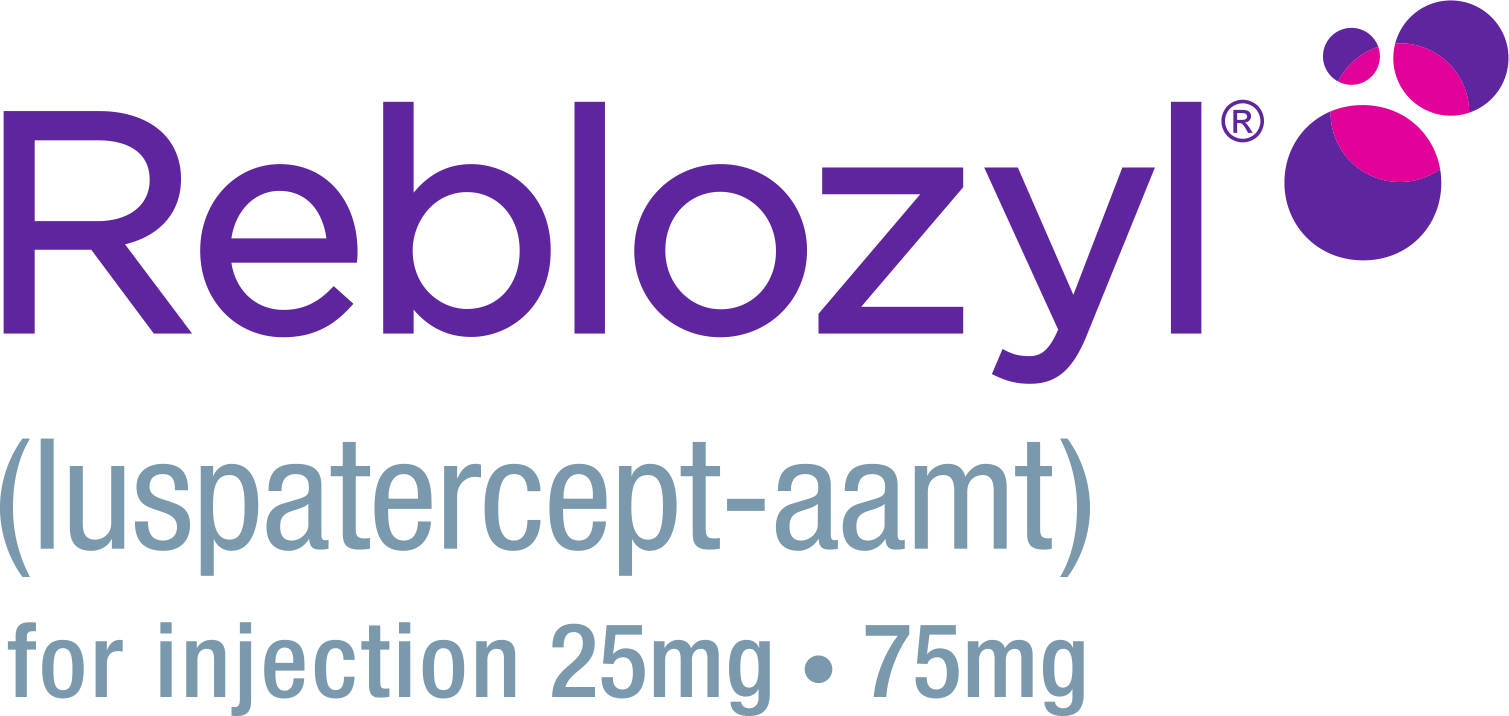PATIENT IDENTIFICATION
Start with REBLOZYL first-line for patients with
MDS–associated anemia1
Consider REBLOZYL for adult patients who:

Meet Robert*
Age: 70
Symptom presentation: Tiredness and shortness of breath
Impact: Unable to take longer walks to keep up with garden
Initial labs: Hgb: 8.0 g/dL, non-deletion (5q), EPO level: 80 U/L
Diagnosis
- Low-risk myelodysplastic syndromes without ring sideroblasts
Transfusion history
- Received 2 units of RBCs since diagnosis 2 months ago
Treatment history
- Has not yet had active treatment for his symptomatic anemia
*Hypothetical case. Model, not actual patient.
EPO=erythropoietin; ESA=erythropoiesis-stimulating agent; Hgb=hemoglobin; MDs=myelodysplastic syndromes; RBC=red blood cell; RS=ring sideroblasts.
Reference: 1. REBLOZYL [Prescribing Information]. Summit, NJ: Celgene Corporation; 2024.

